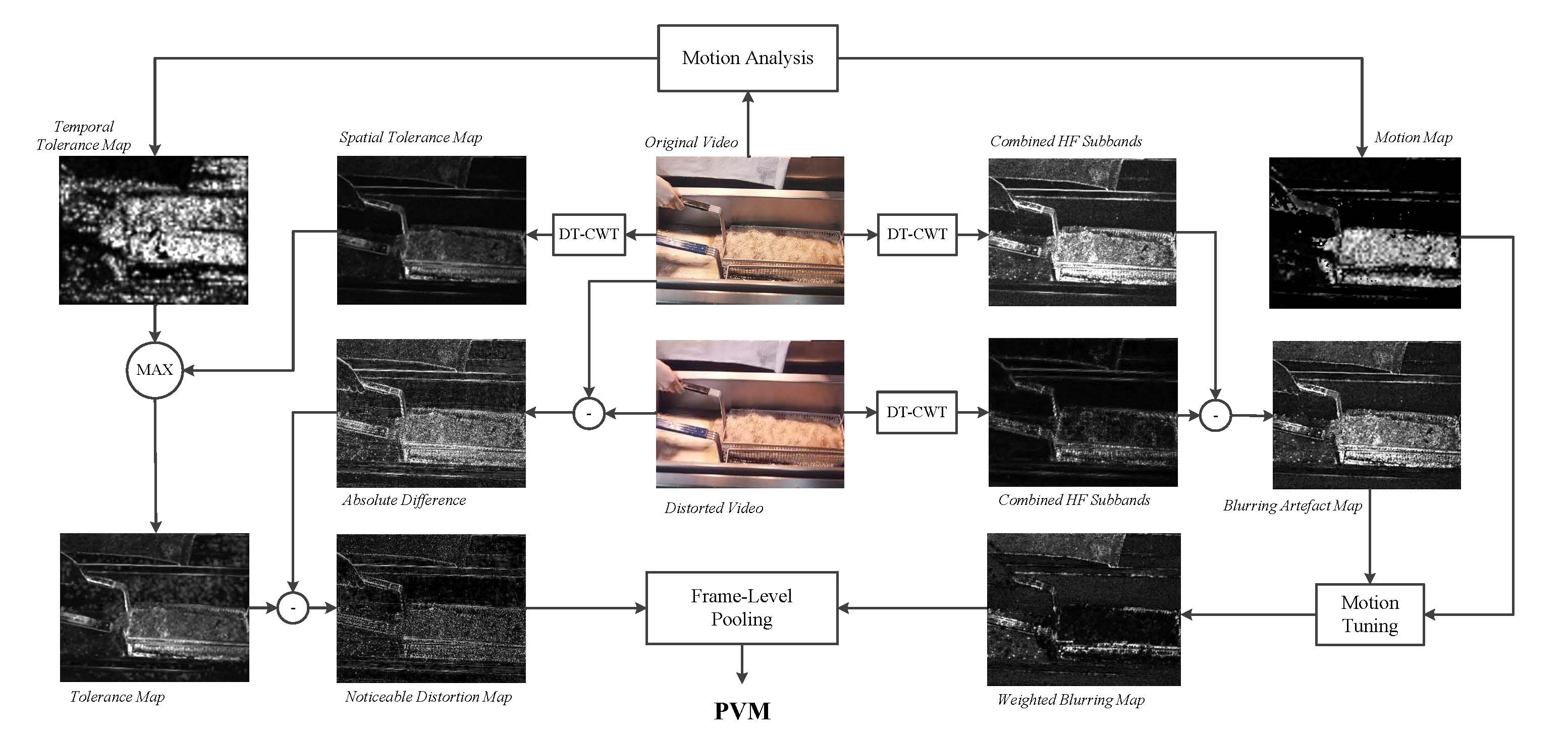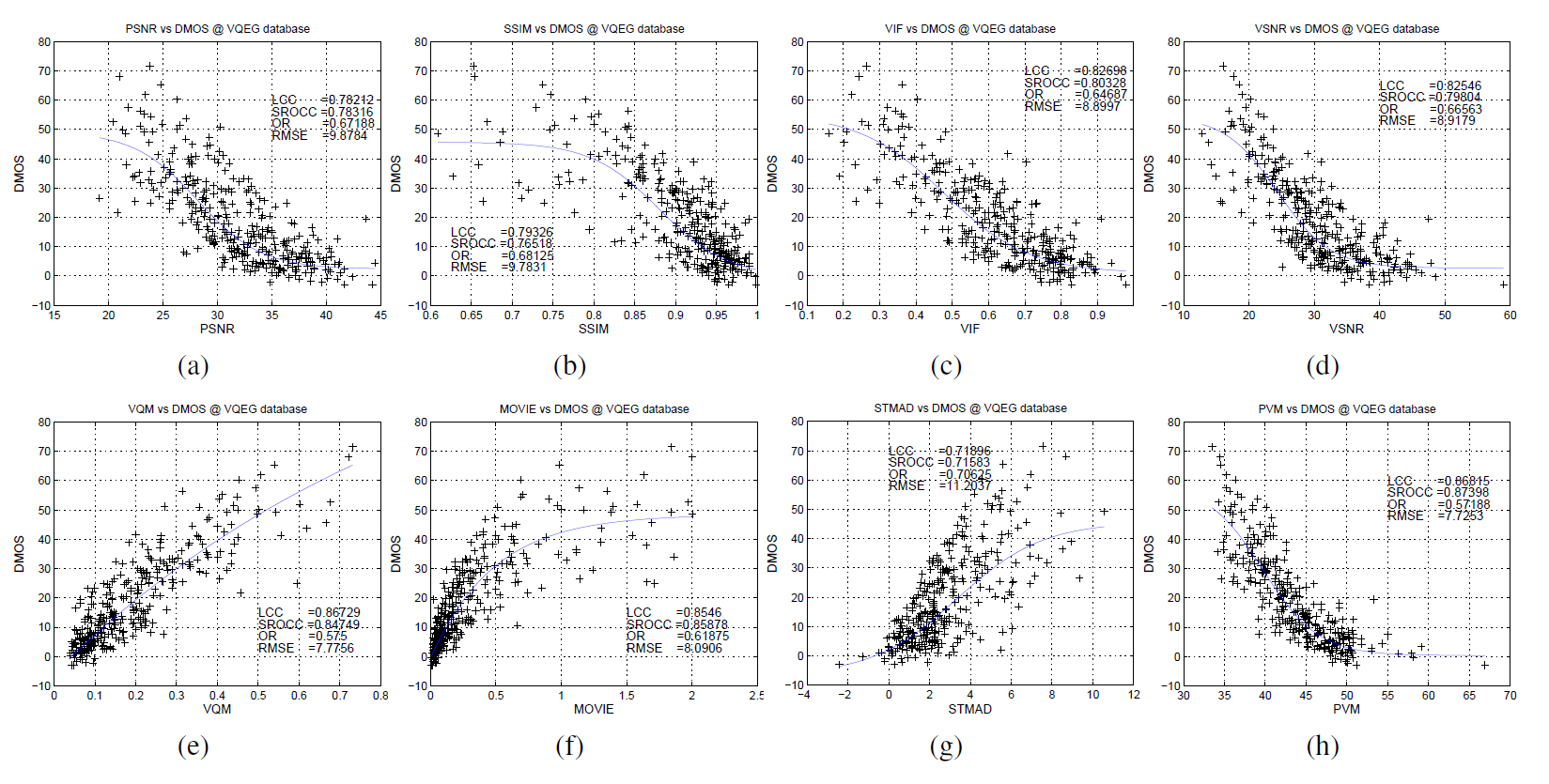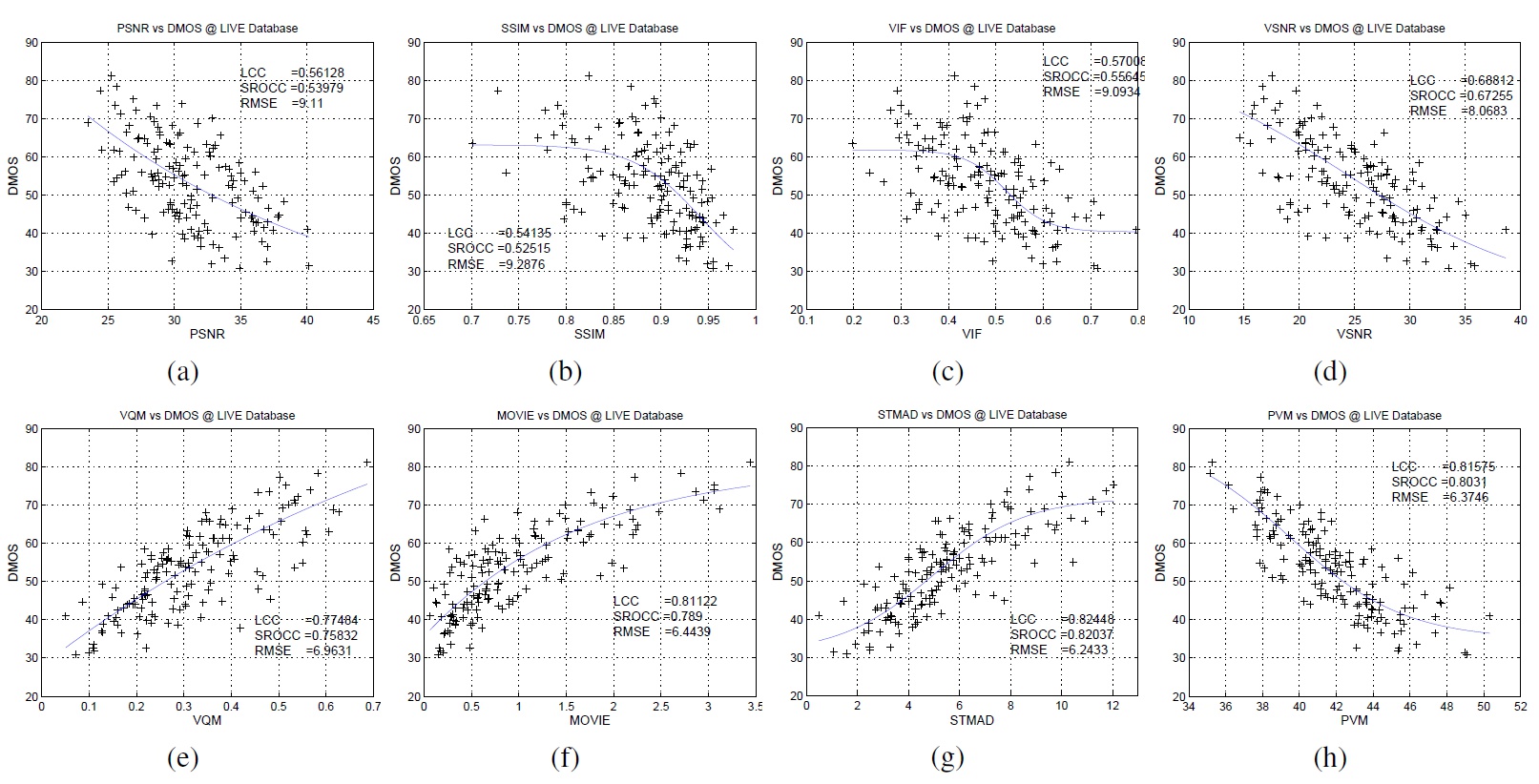Fan Zhang and David Bull
ABSTRACT
This page introduces the work of rate-distortion optimisation using adaptive Lagrange Multipliers. In current standardized hybrid video encoders, the Lagrange multiplier determination model is a key component in rate-distortion optimization. This originated some 20 years ago based on an entropy-constrained high-rate approximation and experimental results obtained using an H.263 reference encoder on limited test material. In this work, we conducted a comprehensive analysis of the results of a Lagrange multiplier selection experiment conducted on various video content using H.264/AVC and HEVC reference encoders. These results show that the original Lagrange multiplier selection methods, employed in both video encoders, are able to achieve optimum rate-distortion performance for I and P frames, but fail to perform well for B frames. The relationship is identified between the optimum Lagrange multipliers for B frames and distortion information obtained from the experimental results, leading to a novel Lagrange multiplier determination approach. The proposed method adaptively predicts the optimum Lagrange multiplier for B frames based on the distortion statistics of recent reconstructed frames. After integration into both H.264/AVC and HEVC reference encoders, this approach was evaluated on 36 test sequences with various resolutions and differing content types. The results show consistent bitrate savings for various hierarchical B frame configurations with minimal additional complexity. BD savings average approximately 3% when constant QP values are used for all frames, and 0.5\% when non-zero QP offset values are employed for different B frame hierarchical levels.
REFERENCE
[1] Fan Zhang and David, R. Bull, “Rate-distortion Optimization Using Adaptive Lagrange Multipliers”, IEEE Trans. on CSVT, accepted in 2018.
[2] F. Zhang and D. Bull, “An Adaptive Lagrange Multiplier Determination Method for Rate-distortion Optimisation in Hybrid Video Codecs”. IEEE ICIP, 2015.





